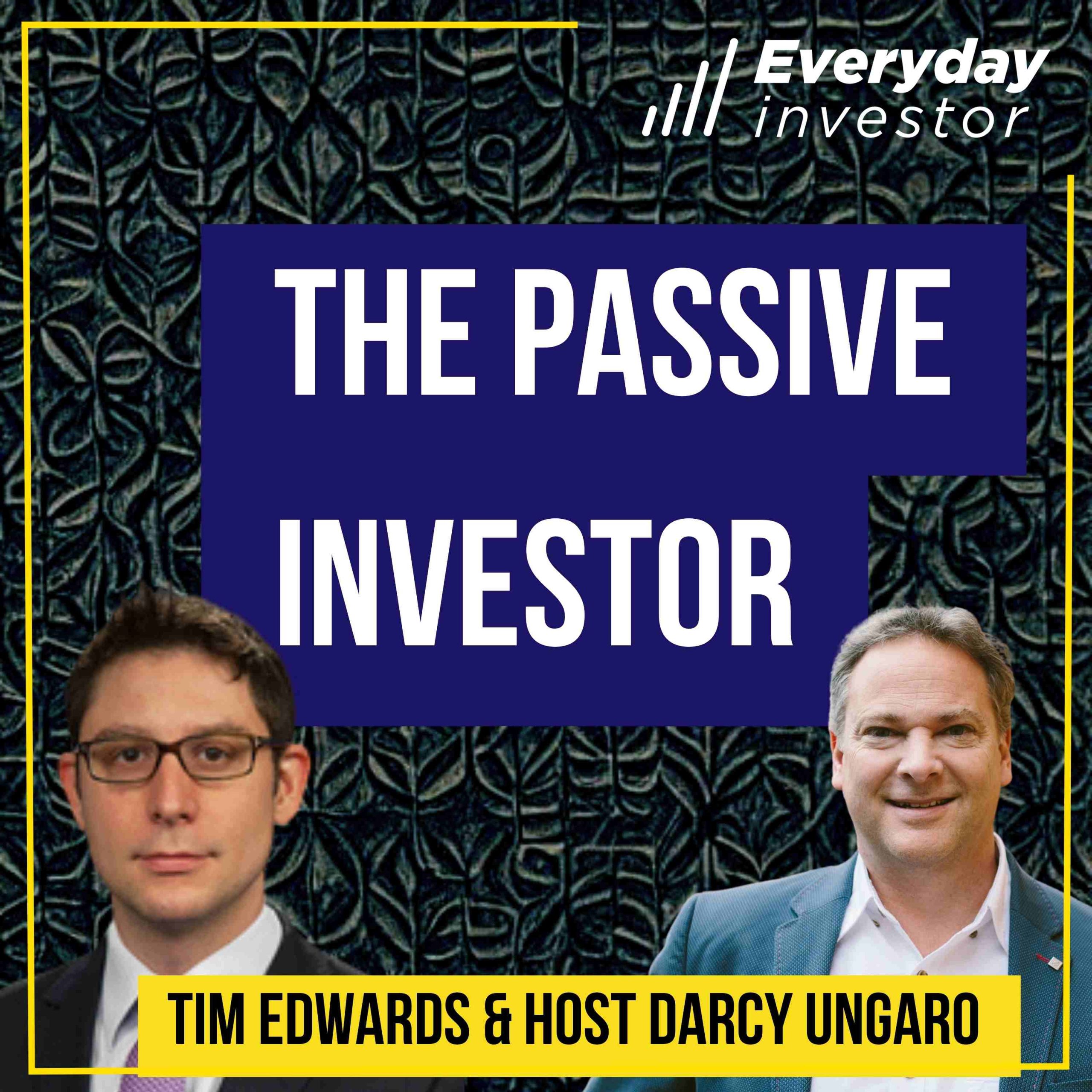The world of investing offers various styles and strategies to accommodate each investor’s preferences, risk tolerance, and financial goals. Today, we’ll dive into the fascinating realm of passive investing and contrast it with its more active counterpart. I’ve explored both passive and active investing strategies within my portfolio, and I encourage you to take a journey with me as we delve into these two investment styles.
Before we dive in, let me introduce you to Tim Edwards, the Managing Director of Index Investment Strategy at S&P Dow Jones Indices. With an illustrious background at Barclays Capital, the Royal Institution of Great Britain, and a Ph.D. in pure mathematics, Tim’s expertise offers a wealth of knowledge in the investment world.
To the uninitiated, passive investing might seem like the easy way out – the “lazy” option. However, it’s quite the opposite. Passive investing is a strategic, systematic approach to the stock market. Instead of focusing on outperforming the market through diligent research and timely trades, passive investing emphasizes consistency and the power of compounding returns. Picture passive investing as a reliable marathon runner, pacing steadily through the race, while active investing is the sprinter, aiming for short bursts of speed.
Passive investing typically employs dollar-cost averaging into index funds and exchange-traded funds (ETFs), allowing investors to gain extensive exposure to various investments simultaneously. The goal is to mirror the performance of a specific market index or sector, rather than chasing the elusive outperformance that active investing seeks.
Now, let’s shift gears and discuss active investing. Active investing involves strategically selecting and managing individual investments with the goal of outperforming the market average or a specific benchmark. However, only a small portion of active fund managers outperformed their benchmarks in 2020. This statistic highlights the challenge of achieving consistent outperformance in the world of active investing. (*Check out SPIVA research here)
Some investors may find it patronizing to hear that aiming for above-average returns is statistically improbable. These individuals, often value investors or those operating with a high degree of conviction, actively make decisions regarding the best times to buy and sell shares. In some cases, these investors do achieve consistent results that outperform their benchmarks – it’s important to note that at the fund manager level, there are other pressures at play that individual investors don’t have (like having to stay invested). However, in the age of artificial intelligence and digital advancements, one could argue that the potential for outperformance is very much alive and well in the new frontiers of tomorrow. Will passive miss the boat and should everyday investors still keep open on the matter? Yes!
It’s essential to recognize that, as an investor, you are in control of your financial destiny, regardless of the investment style you choose. The key is to acknowledge the different perspectives and solutions available, understanding that one size does not fit all. The dance between passive and active investing is a delicate tango, where both styles have their merits and flaws. (*By the way, we cover this topic in far greater detail in our New Wealth Foundations Course – enroll here)
So, my fellow everyday investors, let’s embrace the pursuit of freedom that comes from growing genuine wealth. Learn about both passive and active investing strategies, and find the right mix that suits your unique circumstances, and keep an open mind (an increasingly scarce resource!)





